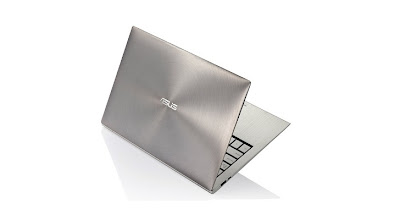
Now that the company has introduced its brand new Xeon E5 processors based on the Sandy Bridge-EP architecture, Intel has announced that it will soon discontinue the previous Xeon 5500 CPU series based on the older Nehalem-EP core.
Intel announced its plans through a Product Change Notification (PCN) document that was released shortly before the official launch of the Xeon E5 CPU series.
This decision affects no less than 16 processors, including five chips from the high-performance W- and X-series, 8 mainstream E-series models, as well as three low-power Xeon 5500 CPUs.
The last order date for the processors affected is September 28, 2012, while shipments will continue until March 27, 2015. The boxed versions of these chips will be shipped...



 3/12/2012 10:23:00 PM
3/12/2012 10:23:00 PM
 dannzfay
dannzfay






















